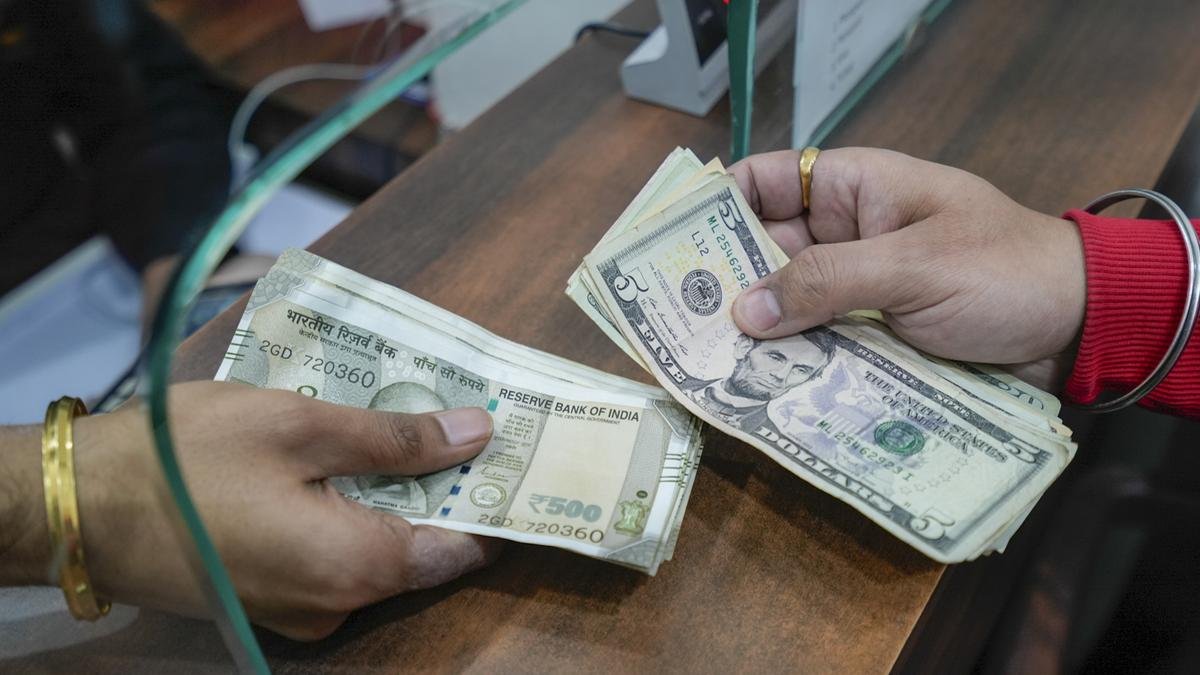(Bloomberg) — An unwinding of global carry trades is turning into a rout that’s helping jolt markets around the world.
The yen and yuan pushed higher Monday, while the Mexican peso’s slump extended as traders continued to roll back the popular trading strategy. The peso fell more than 5% against the dollar, while the Australian dollar slumped about 2%. Two currencies often used to fund carry trades jumped — the yen by more than 3% and China’s yuan by about 0.7%.
The moves came as a selloff in risk assets intensified with everything from stocks to cryptocurrencies pummeled as concerns grew that the Federal Reserve is behind the curve with policy support for a slowing US economy. Investors sought the safety of bonds.
The sudden appreciation in funding currencies has damaged the carry strategy, which typically involves traders borrowing at lower rates to invest in higher-yielding assets often in the emerging world but also in developed markets like Australia.
Worries about US recession risk is a bad environment for carry traders, according to Alvin Tan, head of Asian currency strategy at Royal Bank of Canada in Singapore.
“Recession risk also means greater market volatility, hence carry trades being cut,” Tan said. “I think it could easily extend because we have been in a extended low vol environment for so long, over a year in fact.”
For Tan, thin markets in the northern hemisphere summer may also be playing a role.
“August volatility spikes can be very dangerous because liquidity tends to be low in the month,” he added. “August is a popular vacation time in North America and Europe, so even if things start to stabilize, I’m not sure investors are going to be keen to put on trades quickly.”
What’s a Carry Trade? When Does It Not Make Money?: QuickTake
Yen-funded carry trades were among the most popular in emerging markets as volatility remained low and investors bet Japanese interest rates would remain at rock bottom. But the Bank of Japan raised rates for a second time at its latest meeting and signaled the potential for more.
Meanwhile, traders eyed the Chinese yuan as a funder given bets the currency would weaken amid concerns over the nation’s economy.
Year-to-date returns in a basket of emerging market currencies funded by the yuan turned negative on Monday, while the gain in yen-funded trades came closer to being erased, according to data compiled by Bloomberg.
“It will take quite some time for momentum to recover for those who have lost money on the peso-yen,” said Yoshio Iguchi, head of the market department at Traders Securities Co. “Once the dollar and yen settle down, some people may start to carry the yen, but it may take some time for investor sentiment to recover.”
There’s been a massive capitulation of carry trade positions “with everyone running for the door at the same time,” said Nick Twidale, chief markets analyst at ATFX Global Markets. “These moves were initially triggered by the hike from the BOJ, but global growth concerns have added further fuel to the fire in the last couple of days and moves have become intense.”
–With assistance from Marcus Wong and Daisuke Sakai.
(Updates with additional comment)
©2024 Bloomberg L.P.






